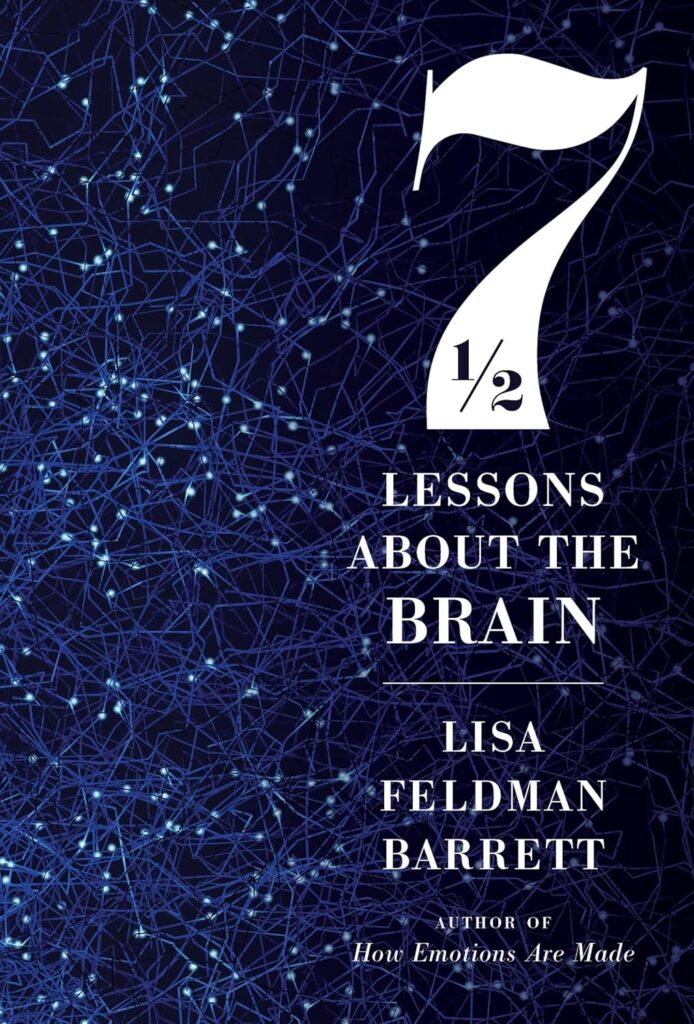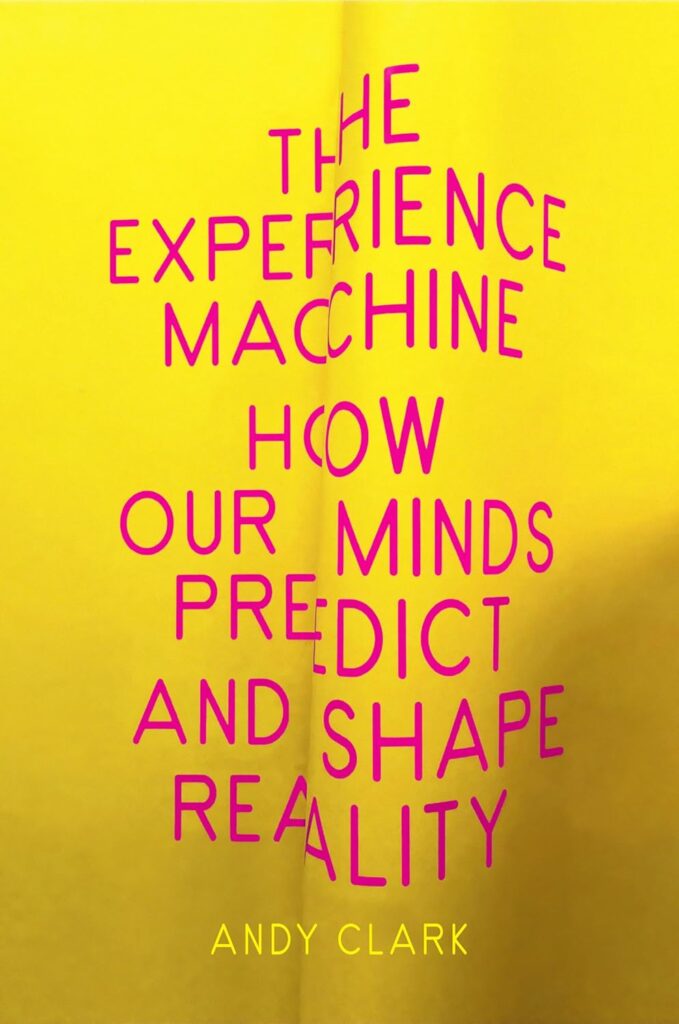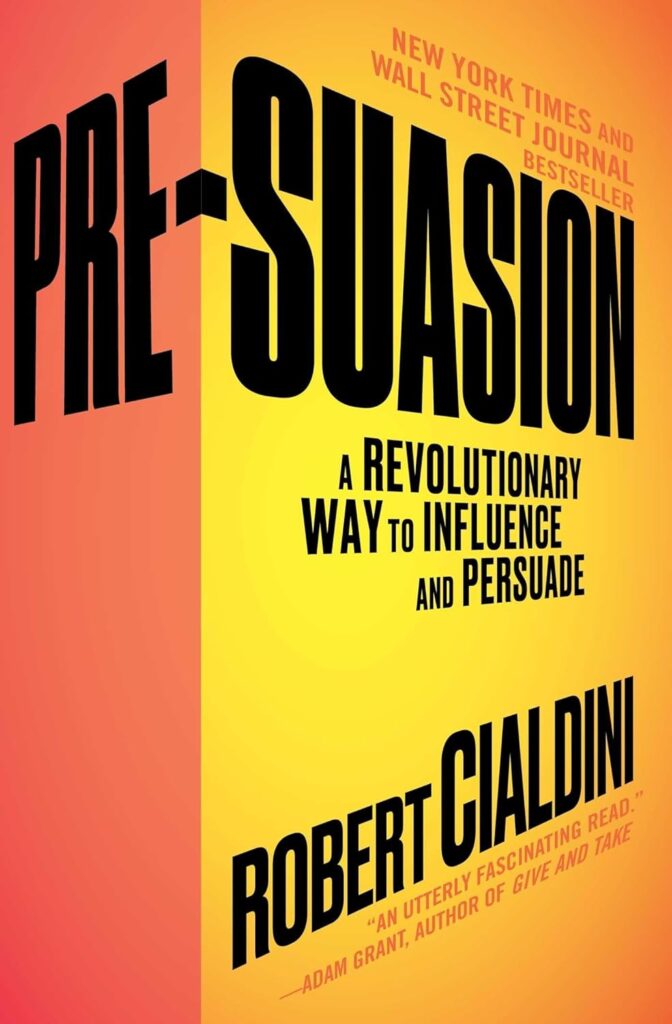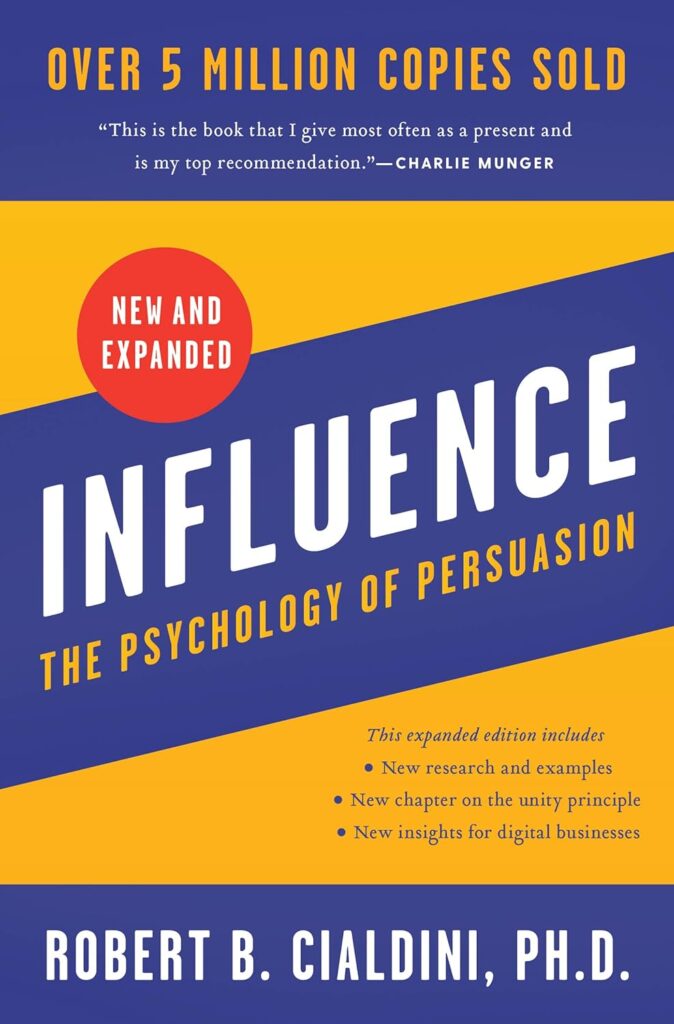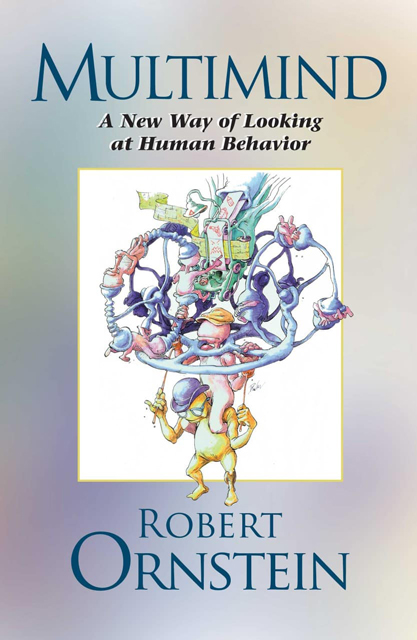
Multimind
A New Way of Looking at Human Behavior
By Robert E. Ornstein
In Multimind Robert Ornstein presents a startling new concept of how the human mind works. Writing in an easy-to-read and accessible way, Ornstein introduces the new science of the mind, explaining why our emotions and attitudes are so easily swayed, and why it is so difficult to really know oneself, or another person. Ornstein faults the narrowness of IQ tests, how they ignore so many important human capacities, stressing the many varied abilities that make up human intelligence. Citing studies of hypnosis and multiple personality, he explains how several minds coexist in each of us – that we have many “small minds” which simultaneously, but independently process feelings, fantasies, ideas, fixed routines, and interpersonal responses, how different parts of our minds come to the fore to handle different situations. This means that “we” are not the same person from moment to moment, but rather have different memories and abilities in different situations. Reading this groundbreaking book will help you take a step towards understanding who you – and all of us – really are.
Categories: Our Contributors' Book Reports, Our Mind in the Modern World
- All Books by Section
- Our Contributors' Book Reports
- Books Referenced in Human Journey Sections:
- Journey of the Human Mind
- Discovering Our Distant Ancestors »
- The Evolution of Language
- Ideas that Shaped Our Modern World »
- Paleolithic Beginnings
- Connecting with the Gods
- Axial Age Thought
- Origins of Christianity
- Origins of Islam
- The Journey of Classical Greek Knowledge to the Western World
- Stories and Storytelling
- Tools and the Development of Contemporary Society »
- A Sustainable Planet
- The Changing World Economy »
- Health and Education in the Modern World »
- Our Mind in the Modern World »

